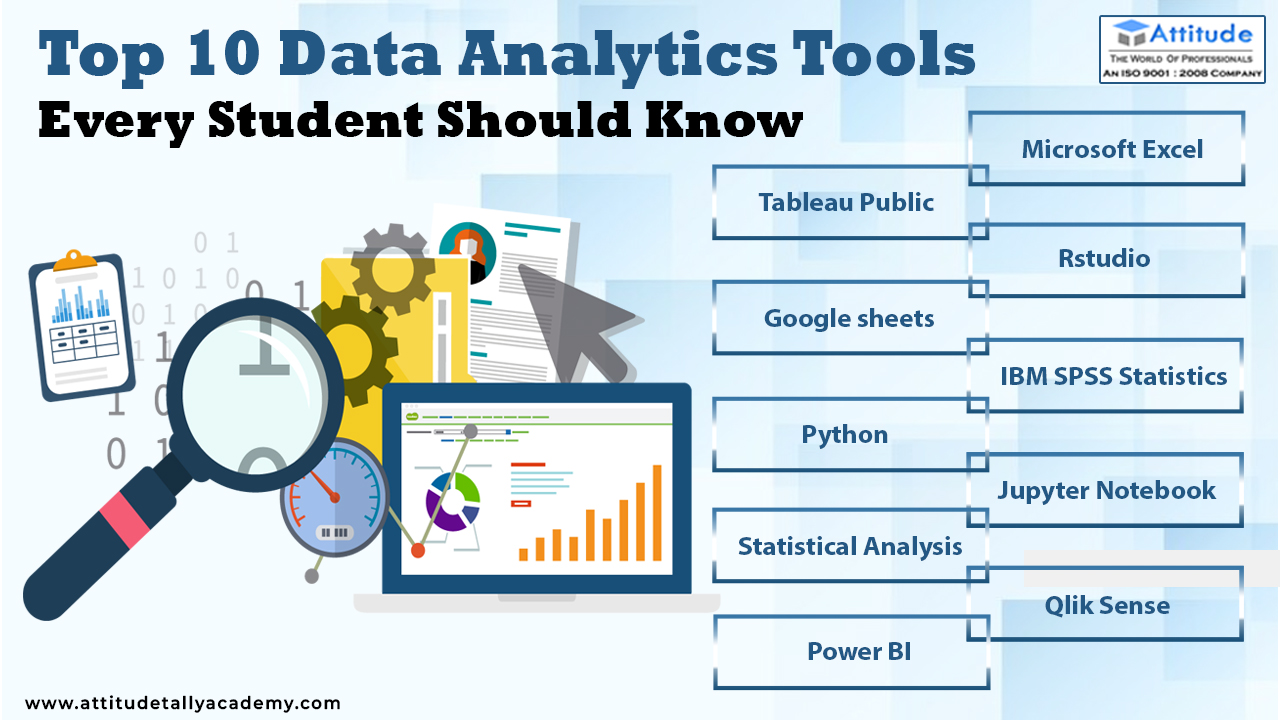Unlock Organization Insights with Advanced Analytics Solutions
Unlock Service Insights With Advanced Analytics Devices
In today's data-driven landscape, the capability to unlock organization insights via sophisticated analytics devices is becoming increasingly vital for organizations seeking an affordable edge. What are the crucial factors to consider that organizations must deal with to efficiently harness these advanced analytics abilities?
Significance of Advanced Analytics

Moreover, the competitive landscape demands that companies not just respond to market modifications yet additionally anticipate them. Advanced analytics empowers organizations to understand customer preferences, improve functional effectiveness, and mitigate threats successfully. By leveraging these tools, organizations can boost their decision-making procedures and drive technology.
Furthermore, the assimilation of innovative analytics promotes a society of continuous enhancement, where organizations can refine their methods based on empirical evidence. As markets such as financing, healthcare, and retail progressively rely upon data to inform their procedures, the significance of sophisticated analytics will just remain to expand, making it a crucial element for continual success in today's data-driven economic situation.
Key Attributes of Analytics Tools
Advanced analytics tools are defined by a variety of important attributes that improve their effectiveness in data analysis and decision-making (Analytics). Among the key attributes is information integration ability, which allows smooth gathering of data from various resources, promoting thorough analysis. This makes sure that companies have an alternative sight of their data landscape
In addition, progressed analytics devices often include durable statistical and anticipating modeling abilities. These attributes enable organizations to forecast fads and identify patterns, leading to more informed tactical choices. Visualization devices are likewise indispensable, supplying instinctive graphical depictions of information, which streamline complex details and make insights a lot more easily accessible to stakeholders.
An additional crucial aspect is the incorporation of artificial intelligence algorithms, which boost the capability to assess large datasets and reveal surprise understandings without explicit programming. Additionally, easy to use interfaces allow non-technical customers to leverage these tools effectively, democratizing data accessibility throughout the company.
Types of Advanced Analytics
While various advanced analytics methodologies exist, they can typically be categorized into several key kinds that serve distinctive objectives within organizations.
Descriptive analytics focuses on summing up historic information to identify patterns and patterns. It offers insights right into what has actually occurred in the past, making it possible for companies to make enlightened choices based upon empirical evidence.
Anticipating analytics, on the various other hand, makes use of analytical algorithms and artificial intelligence strategies to forecast future end results based on historic information. This kind is particularly beneficial for risk assessment and demand projecting, permitting companies to plan for prospective difficulties and possibilities.
Authoritative analytics goes a step even more by suggesting activities based on anticipating understandings. Analytics. It uses optimization and simulation strategies to suggest the most effective training course of action, making sure that organizations can make data-driven decisions with self-confidence
Execution Techniques
Effective implementation strategies for innovative analytics are important for organizations seeking to harness the complete potential of their data. To start with, a clear roadmap should be developed that aligns analytics campaigns with general business goals. This requires a deep understanding of business goals and the particular questions analytics can respond to.
Next, buying the appropriate technology and devices is vital. Organizations needs to evaluate offered systems for scalability, simplicity of use, and combination capabilities with existing systems. This ensures that information can be accumulated, processed, and analyzed efficiently.
Additionally, fostering a data-driven culture is crucial. Educating employees on analytics tools and methodologies equips them to make use of insights efficiently in decision-making. Involving stakeholders across divisions can assist in buy-in and motivate partnership, improving the overall success of analytics projects.
Furthermore, organizations need to focus on information quality and governance. Implementing robust data administration methods guarantees that the insights produced are exact and reputable. Continual evaluation and model of analytics procedures allow companies to adapt to changing company requirements and technical advancements, inevitably driving continual worth from their analytics initiatives.
Future Patterns in Analytics
As organizations execute durable analytics techniques, it is critical to continue to be familiar with the developing landscape of analytics innovations and approaches. Future fads in analytics are positioned to reinvent how companies acquire insights, enhance operations, and drive decision-making.

Another trend is the rise of enhanced analytics, which automates information prep work and understanding generation, lowering the reliance on information specialists. This democratization of analytics encourages workers at all levels to take advantage of information in their duties.
Furthermore, site the change towards real-time analytics will certainly enable organizations to respond swiftly to market changes and client choices, boosting agility and competition. As data privacy regulations end up being much more strict, analytics options will likewise need to prioritize honest information usage, making sure conformity while keeping durable insight generation. Accepting these patterns will be crucial for organizations looking for to keep an one-upmanship in a significantly data-driven globe.
Verdict
In verdict, advanced analytics devices play a crucial function in changing information into actionable insights, driving tactical growth and functional performance across companies. Effective execution methods make certain that these tools are incorporated into organizational processes, while emerging patterns show a continued evolution in analytics capacities.
Advanced analytics incorporates a suite of methods, including anticipating modeling, maker understanding, and data mining, which allow businesses to reveal patterns, forecast trends, and maximize procedures.
Successful implementation strategies for advanced analytics are crucial for organizations seeking to harness the full possibility of their data. Continuous assessment and model Find Out More of analytics processes allow organizations to adapt to transforming service demands and technical innovations, eventually driving continual worth from their analytics initiatives.
As information privacy guidelines come to be more strict, analytics solutions will additionally require to focus on honest data use, ensuring conformity while preserving robust understanding generation.In verdict, advanced analytics devices play an essential role this hyperlink in transforming data into workable insights, driving critical growth and functional efficiency across companies.